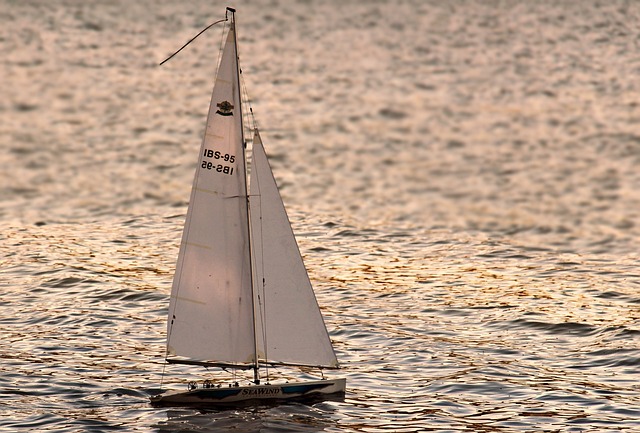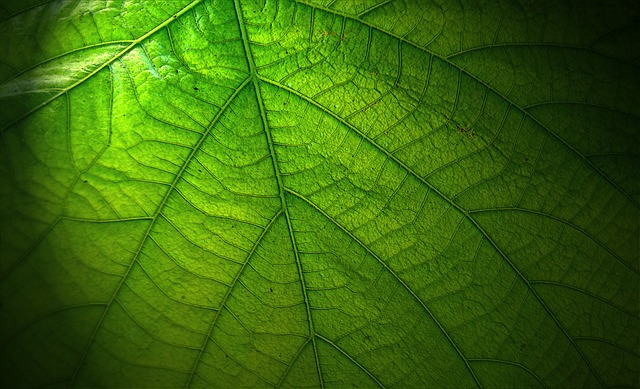Have you ever found yourself standing at a remote point, gazing at a breathtaking view that seems to be begging to be captured? There’s something truly magical about remote locations, far from the hustle and bustle of everyday life, that invigorates our senses and sparks creativity. In the realm of photography, these secluded spots offer unique perspectives and incredible opportunities to unleash your camera’s potential.
When it comes to photography, especially at remote points, the gear you choose is paramount. A good camera is your best ally, but pairing it with the right lenses can elevate your images to new heights. Wide-angle lenses are particularly effective for landscapes, allowing you to capture vast expanses and intricate details simultaneously. Optics play a crucial role here; high-quality lenses can render colors accurately and provide sharper images, making your remote point come alive in vivid detail.
As you prepare for your photography adventure, it’s essential to research your chosen remote point thoroughly. Understanding the terrain, weather conditions, and best times for lighting will set the stage for amazing photos. Golden hour—just before sunrise or after sunset—offers soft, warm light that can turn an ordinary scene into something extraordinary. Experiment with different angles and compositions, letting your surroundings guide you. Sometimes the most awe-inspiring images come from unexpected vantage points.
While you’re out capturing these stunning locations, don’t forget to engage with your camera’s settings. Explore manual mode to gain full control over exposure, aperture, and shutter speed. This will allow you to adapt to changing conditions as you navigate through a remote point. For instance, a slower shutter speed can create a smooth effect on flowing water, while a wider aperture can help you achieve a dreamy bokeh background, isolating your subject beautifully.
In addition to traditional photography, consider venturing into the realm of astrophotography if you find yourself at a remote location away from city lights. The vast sky filled with stars is best captured with a sturdy tripod and a lens with a wide aperture. Long exposure shots can produce incredible images of the Milky Way, transforming those secluded spots into a galactic wonderland.
Post-processing is the final step in the journey of transforming your raw images into captivating photographs. Utilize software like Adobe Lightroom or Photoshop to enhance colors, adjust contrast, and bring out the fine details of your remote point captures. However, remember to keep it natural; the beauty of these locations often lies in their authenticity.
Ultimately, the art of photography is all about storytelling. Each image you capture from a remote point should convey a sense of place, emotion, and connection to the world around you. So grab your gear and hit the road—there’s a world waiting to be explored through your lens, just waiting for you to capture its beauty.




